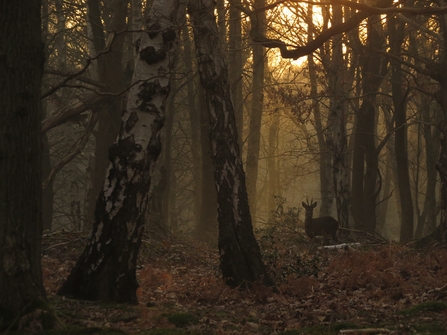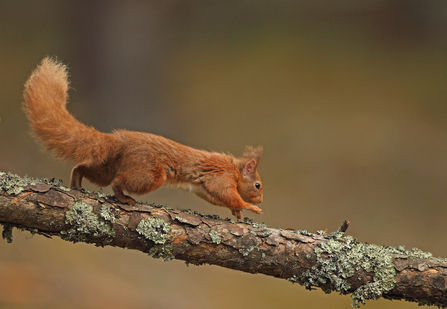Kielder is a name synonymous with space and wilderness. Nestled along the centre of the English-Scottish border, in Northumberland, Kielder Water and Forest Park is home to England’s largest forest and the biggest man-made lake in Northern Europe. It is also part of the UK’s largest International Dark Sky Park. Safe to say, it’s a special place for a number of reasons.
The Missing Lynx Project’s research has shown that Kielder Forest is part of the forested area that is one of the few places in Britain that would be suitable for a lynx release. But what is Kielder like? The vast expanse of Kielder means that a range of habitats can be found, and the sheer size of these habitats means that there is plenty of space for large populations of wildlife to thrive. It’s big enough that animals can move between areas and forestry blocks in response to felling or storm damage.
Alongside and within the commercial forestry, there are extensive areas of internationally significant blanket bog (known as the Border Mires), wet heath, more than 1,000 km of river corridors, open water and increasing broadleaved woodland. Species that can be found in Kielder include large numbers of roe deer (the lynx’s preferred prey), foxes, badgers, otters, at least nine species of bats, goshawks, crossbills, adders and more. Several important and long running monitoring projects take place at Kielder, including a 35-year study into tawny owl populations. Golden eagles are even occasionally seen in the area, following their reintroduction to the south of Scotland in recent years.




